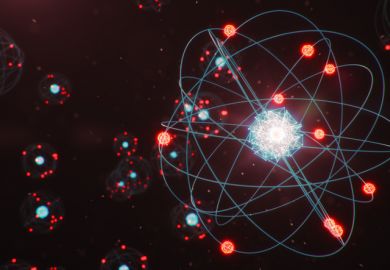This is a philosopher's book about time. While astronomers were working out collision times of asteroids with Jupiter, diary-makers were planning out the dates of Sundays for future years and scientists were developing better clocks, quite a vociferous struggle about the nature of time was continuing among philosophers. "Continuing" - because in its modern form it started 86 years ago, and (like many philosophical issues) it has not been settled yet.
The point is that there are (at least) two classes of theories of time. A tensed theory of time regards temporal descriptions as requiring such notions as "past", "next year", "present", "future". By contrast, an untensed or tenseless theory involves such relations as "earlier than", "later than'' or "simultaneous with", but not the above-mentioned descriptions of the tensed theory. Its statements remain valid (if they were valid in the first place) with lapse of time, which cannot be said of the tensed theories. Thus "this baby was born yesterday'' is no longer true a day later. Scientists in their scientific work tend to utilise an untensed version. The modern debate on this issue goes back to a paper of 1908 by the Cambridge philosopher J. M. E. McTaggart who associated the tensed theory roughly speaking with what he called the A-series and the tenseless theory with what he called the B-series.
This book is about this distinction and its first half offers a strong defence of the tensed theories. It goes into immense detail, talks of sentence tokens, token-reflexive sentences and quasi-indicators. On the other hand, there is almost no logical calculus, which one does find in Le Poidevin's Change, Cause and Contradiction (1991), a book that argues precisely the opposite case.
In the second half of the book, Quentin Smith advances his presentist theory that presentness inheres in all things, also abstract ones, which implies "that all possibly true tenseless sentences . . . ascribe a presentness-involving property to something".
However, Smith has taken this matter further. He has in fact taken on the special theory of relativity. The term false is applied to the special theory of relativity several times. But this is misleading: what Smith is really criticising is the way the word time is used in physics - an altogether different criticism, and philosophically justifiable. Let me explain. When the physicist says that event E precedes event F, what is meant, or at least implied, is that E can causally influence F. Thus the statement is not a temporal but a causal one, which is untensed. This is true for many allegedly temporal statements in physics. But even if it is not universally true in physics, the author has a valid point. Thus Smith's alleged falseness of special relativity can be removed by the rider "whenever the word 'time' is used in physics, one has in mind an untensed causal relationship, not some temporal relation or property that can be expressed in tensed terms''. It is a linguistic or philosophical point, not a scientific one.
So far, so good. Out of a book packed with detailed argument, I must pick out a matter with which I cannot agree or which is at best not very clear. Smith holds that distant physical events are absolutely related. This result is obtained by the device, call it D for ease of reference, of regarding true propositions as having universal existence throughout time and "if two such non-physical objects are simultaneous, they must be absolutely simultaneous". So if A thinks of a true proposition P, then the brain state B of A is simultaneous with P. If X (elsewhere) thinks of the same proposition P, his brain state Y is also simultaneous with P. Thus the two brain states B and Y, being both simultaneous with P, are simultaneous with each other, even though they are distant physico-chemical events. But there is a snag. In physics simultaneity can be discussed only with respect to events, that is, occurrences at one point in space and at one point on the time axis. Neither Smith's argument nor the strange device D will therefore be generally accepted by physicists, since it certainly falls outside the methodology of physics.
The book is occasionally very dense, at other times a trifle obscure, and a reader may wonder if all the linguistic machinery is really needed or whether a simpler, more direct path could be cut through the jungle. However, one cannot but admire the author's determination in the pursuit of his analysis. The result is a book that is highly recommended and will remain essential reading for people interested in "Time".
Peter Landsberg is emeritus professor of mathematics, University of Southampton.
Language and Time
Author - Quentin Smith
ISBN - 0 19 5082 3
Publisher - Oxford University Press
Price - £32.50
Pages - 262pp



